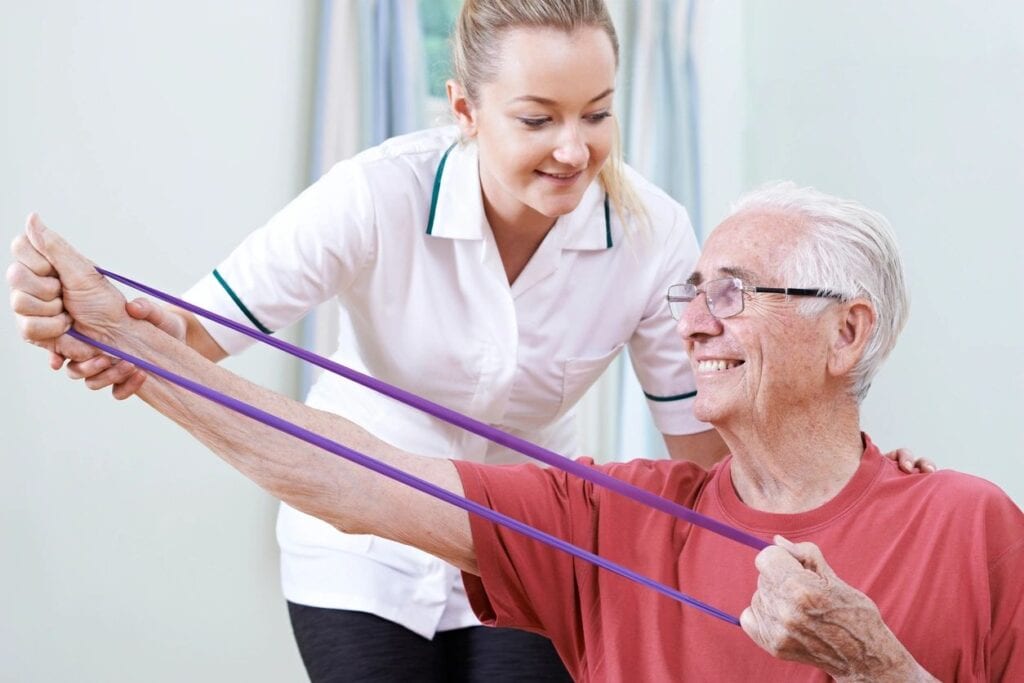
Sarcopenia is a serious condition that becomes a common condition as people age. Sarcopenia is defined as “the loss of skeletal muscle mass and function.” This means that the muscles weaken and usage gets harder. Risk factors of sarcopenia include age, gender, and levels of physical activity. There is an increase of 14% of sarcopenia in those aged older than 65 but younger than 70 and a 53% increase in those aged 80 and older.
Moreover, those with sarcopenia are 1.5 to 4.6 times more likely in older persons to have a disability. In the U.S. elderly population, around 45% are affected by sarcopenia, which was about 18 million people in the year 2010. Clinical complications of sarcopenia include mobility disorders, impaired ability to do daily activities, and decreased quality of life, all of which lead to increased risk of mortality (death). In the U.S. healthcare system, there was a cost of over $18 billion dollars in sarcopenia treatments in the year of 2000. People with sarcopenia also have more physician visits and more prescription fills, making it more expensive. If there was a 10% reduction of sarcopenia, that would result in $1.1 billion of savings in the US.
Walston stated that decreases in patient calorie intake and overnutrition results in a faster loss of muscle mass and function. The article also stated that sarcopenia is associated with increased insulin resistance, falls, fatigue, and mortality. Obesity has been often grouped with sarcopenia. It has been found that a higher amount of fat was associated with a lower amount of muscle quality.
Physical activity can help prevent the development of sarcopenia. Being physically active can help with cardiovascular disease, chronic pulmonary diseases, diabetes, morbid obesity, and sarcopenia. Inflammation and nutritional deprivation are also known factors of sarcopenia. Physical activity has anti-inflammatory effects, and it also increases blood flow to the muscles.
Detecting sarcopenia early is especially important. People with diabetes need to be screened for sarcopenia in order to begin secondary prevention as soon as possible and decrease effects. When diagnosed, simple therapy like aggressive resistance exercise can be used as secondary prevention.
WellPath Partners is your senior resource referral guide. Follow us on ALL social media platforms and join us weekly for more content and public health discussions.
By: Jeovanna Amador Ayala
Senior Care Advising Intern at WellPath Partners
B.S. Kinesiology Applied Fitness at California State University Northridge
MPH Candidate at California State University Long Beach
